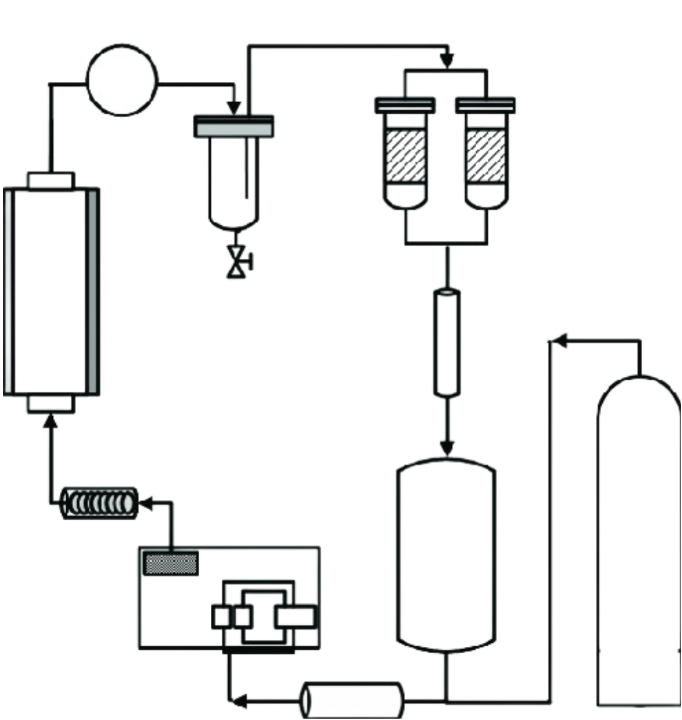Pumpkin is grown
This hardy plant grows
everywhere in the world except Antarctica. The United States alone produces 1.5
billion pumpkins each year. Isn’t that crazy!?
The top producer of pumpkins
is China with 7.7 million tons, followed by India (5 million tons),
Russia (1.2 million tons), Ukraine (1.2 million tons) and USA (1 million tons
tons). Mexico, Indonesia, Italy, Cuba and Turkey
complete the top 10
Some interesting facts about Pumpkin
1. Although we often think of pumpkins as vegetables, they’re
actually fruits! Pumpkins, along with cucumbers, tomatoes, and avocados, come
from the flowers of their plants. That makes them all fruits.
2. Pumpkins are also a
type of winter squash. And yes, all squashes are technically fruits as
well.
3. Each pumpkin contains about 500 seeds.
4. Once they sprout, pumpkins take between 90 and 120 days to reach
maturity.
5. There are more than 45 different types of pumpkin, with fun
names like Baby Bear, Spooktacular, Ghost Rider, Tricky Jack, and Sweetie Pie.
6. Every part of the pumpkin is edible, including the skin, leaves,
flowers, and stem. Pumpkin and other squash blossoms can be eaten raw. They’re
also particularly tasty when lightly battered and fried!
7. Pumpkin pie is America’s favorite Thanksgiving dessert, with 36% preferring it to other traditional options like pecan, apple, or sweet
potato.
8. Those giant pumpkins are edible, they don’t taste very good.
Stick to small sugar pumpkins for pies and soups.
9. Pumpkin is a great source of beta carotene, which gives it its
orange color (just like carrots and sweet potatoes). Beta carotene turns into
vitamin A after you eat it, which is great for your eye and skin health, and
supports your immune system.
10. Roasted pumpkin seeds are both tasty and nutritious! They are
low in calories and high in protein and iron.
11. Pumpkins are native to Central America and Mexico. Originally
small and bitter, they were selectively bred by Central and Native Americans to
be bigger, fleshier, and sweeter.
12. When the Pilgrims relocated to North America, they didn’t know
how to cook this new-to-them gourd. So the Native Americans taught them how to
cultivate and cook fresh pumpkin.
13. As a staple crop, pumpkin was most likely served at the first
Thanksgiving. But their version of pumpkin pie was quite different from ours.
Without butter or flour for crust, they hollowed out a pumpkin and filled it
with a combination of milk, honey, and spices before baking it in the ash of
the fire.
14. During World War II, many Americans grew “Victory Gardens” to
supplement their grocery rations. Pennsylvania’s The Victory Garden Handbook from
1944 recommended growing and eating pumpkins for their nutritional value.
15. The first Jack-o-Lanterns weren’t made from pumpkins at all.
They were made from turnips! A folk tale said that “Stingy Jack” tried to trick
the devil into paying for his bar tab. After Jack died, the devil wouldn’t let
Jack cross over to the afterlife. Instead, he had to wander the Earth at night,
lit by a single coal. He put his coal in a hollowed out turnip, and earned the
nickname “Jack of the Lantern.” This Irish tale led to the tradition of carving
turnips in Jack’s likeness, to keep him at bay.
16. When Irish emigrants moved to America, they found pumpkins much
more suitable for carving than turnips, and the modern Jack o’ Lantern was
born.
17. The current record for the World’s Heaviest Pumpkin is 1190 kg. That’s the weight of a 1971 Ford Maverick! This gigantic gourd was grown
by Belgian Mathias Willemijns in 2016.
18. The heaviest pumpkin ever grown in the United States weighed 1146 kg. It was grown by Steve Geddes of New Hampshire in 2018.
19. The largest pumpkin pie ever made came from the New Bremen
Pumpkinfest in Ohio. This Guinness World Record holding pie had a diameter of 6 meters in diameter and weighed 1677 kg pounds. Its crust was made from 440
sheets of dough!
20. Trevor Hunt holds the Guinness World Record for most pumpkins
carved in an hour. He carved 109 pumpkins in 60 minutes, or just 33 seconds per
pumpkin.


